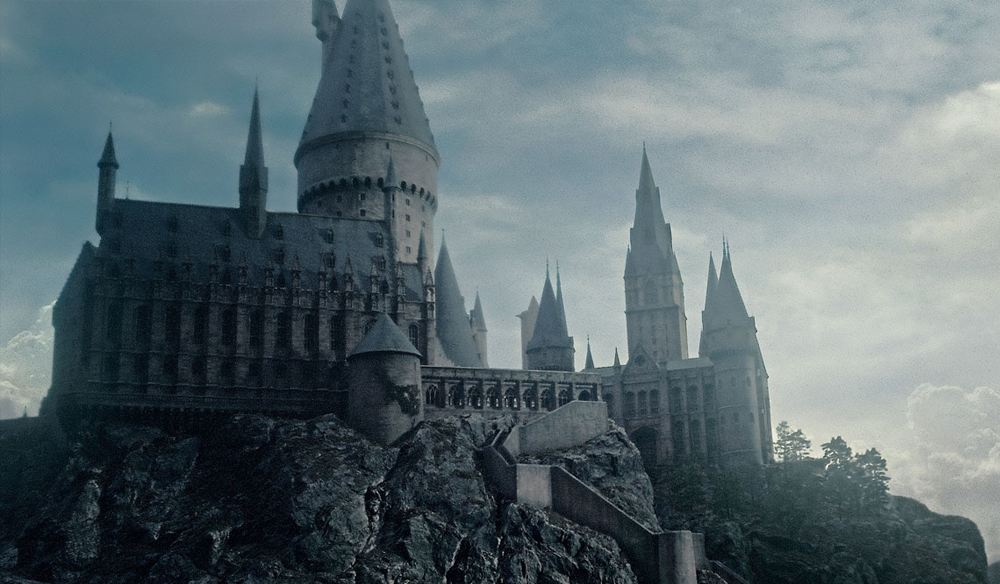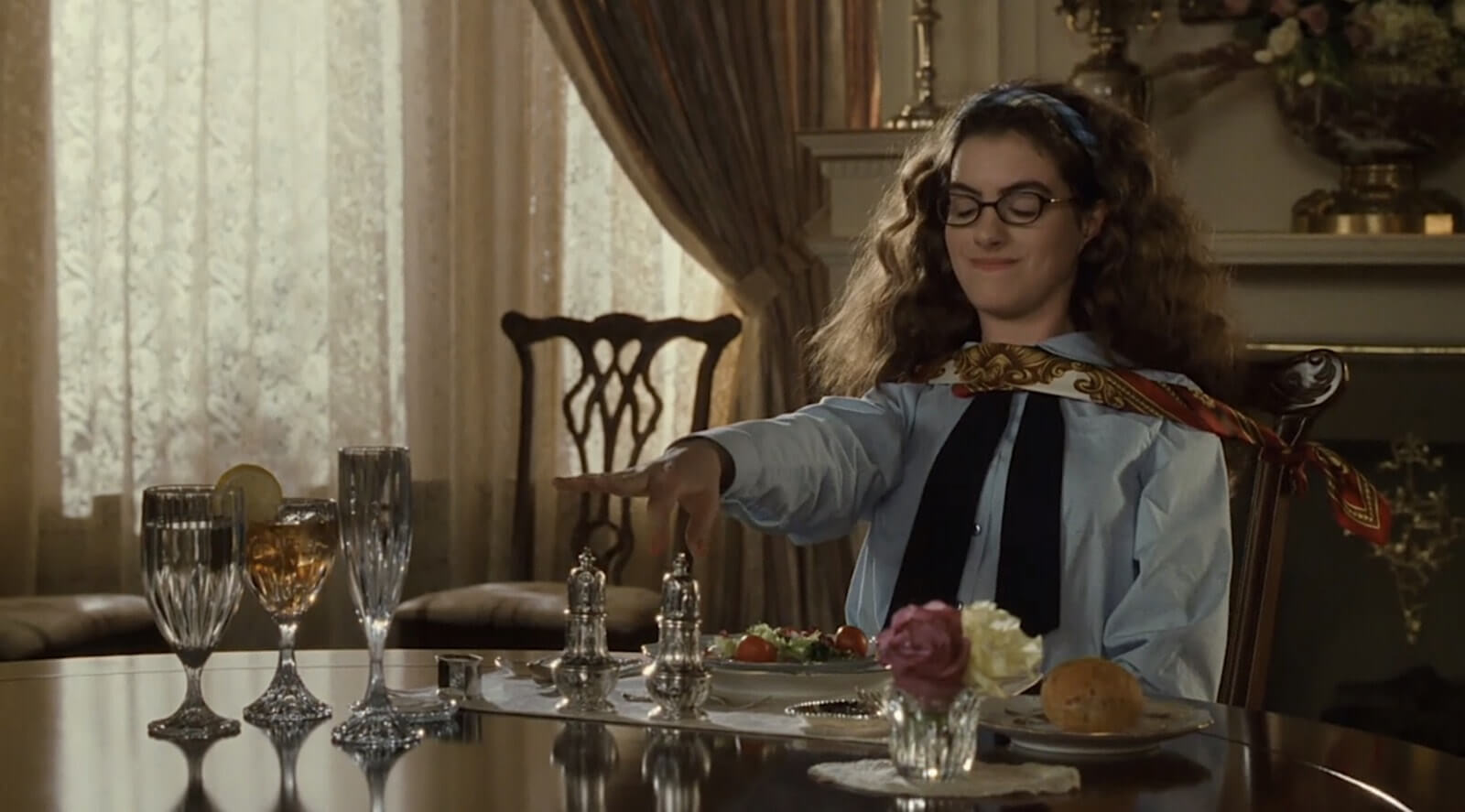Theoretical framework
Tuesday 27th September 2022!
LO: To apply the theoretical framework to media texts!
Four major concepts, or ideas, which form the basis of the subject content:
MEDIA LANGUAGE
All the different elements used to construct any media product
This covers terms used,how texts are constructed and the messages conveyed. It includes
ESTABLISHING SHOT- you see establishing at the start of the scene
- shows the time of day
- where it is


- it shows a relationship with the subject

- it catches the subject on how they interact with the subject
- it starts above the waist the the head to show the emotion
- it shows the head to chest
- catches reactions
- face reaction

shows characters thoughts and feelings
how it can be a dramatic shot
EXTREME CLOSE UP (ASU)

shows part of the body or a object (ears,mouth,legs,etc)
OVER THE SHOULDER SHOT (OSS)
MEDIA INSTITUTIONS
MEDIA INSTITUTIONS
MEDIA AUDIENCES
MEDIA REPRESENTATION
Thursday 29th September 2022
Media Language
- MISE-EN-SCENE
includes everything that can be seen in a frame:
- costume
- props
- setting
- hair & make up
- lighting
- actor positioning
- body language and facial expression
STRANGER THINGS POSTER!
the main character looks like she has magic powersthey look scared maybe a monster is after them
mike and the other two on their bikes with a light shining
80s themed clothing and hairstyles
the person in the suit looks like it has been struck by radiation or some kind of cyan light
the letters in the background could be a communication system by coloured lights
the main character could come from a hospital or a asylum
one of the bikes are choppers (which are bikes from the 80s)
- transitions
- pace and speed of cuts
- CGI
- Green screening
- Graphics
Tuesday 4th October 2022


Comments
Post a Comment